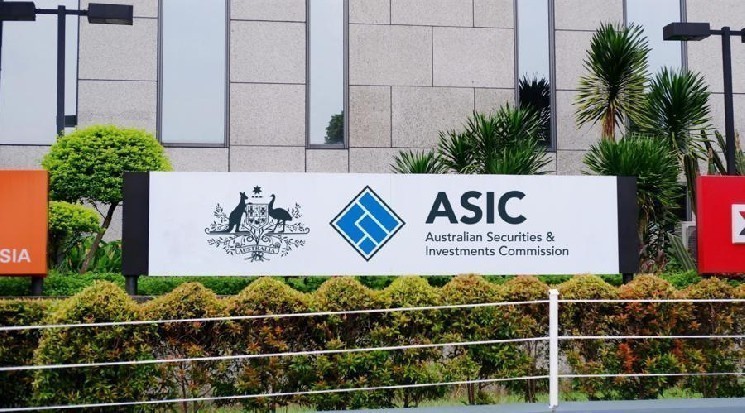Four Melbourne men found themselves in handcuffs this week after Australian regulators accused them of washing money from a fake bond scam that fooled investors with professional-looking documents and promises of steady returns.
The Australian Securities and Investments Commission (ASIC) charged Dimitrios (James) Podaridis, Peter Delis, Bassilios (Bill) Floropoulos, and Harry Tsalikidis with multiple money laundering offenses. The charges stem from their alleged role in moving victim funds through bank accounts and cryptocurrency exchanges during the first half of 2021.
ASIC claims the operation used fake investment comparison websites and Facebook ads to reel in victims. Once potential investors showed interest, they received phone calls and emails followed by what appeared to be legitimate prospectuses from major financial companies.
The fake documents were convincing enough to fool experienced investors. They advertised bond products with terms ranging from one to ten years, promising annual returns between 4.5% and 9.5% – attractive but not suspiciously high rates that might raise red flags.
What made this scam particularly dangerous was its professional presentation. The fraudulent prospectuses closely mimicked real documents from established financial services providers, complete with proper branding and formatting that could easily fool the untrained eye.
Australia’s financial regulator has also warned about twin dangers facing the nation’s massive retirement savings sector, worth around A$4 trillion. Fraudsters are using aggressive phone tactics alongside counterfeit government sites to target people’s superannuation funds.
You may also like: Australian Regulator Flags Bitget for 125x-Leveraged Crypto Futures Offerings
The alleged money laundering operation was straightforward but effective. According to ASIC, victim funds landed in Australian bank accounts controlled by three of the accused men. From there, the money quickly moved offshore or into cryptocurrency exchanges where it became much harder to track.
Regulators say Tsalikidis played a supporting role, allegedly helping the other three men process the stolen funds. The charges don’t suggest any of the four men actually ran the fake investment scheme – they’re accused of being the financial plumbing that made it work.
While ASIC hasn’t disclosed the total amount involved, the charges paint a picture of substantial financial damage. Podaridis and Floropoulos each face 28 separate money laundering charges, while Tsalikidis got hit with 12 charges and Delis faces eight.
The case came to light after both individual investors and institutional entities filed complaints with ASIC. This suggests the scam wasn’t just targeting everyday savers but also attracted more sophisticated investors who should have been harder to fool.
Legal Road Ahead
The case heads to committal proceedings on October 30, where a magistrate will decide if there’s enough evidence to send it to trial. The Commonwealth Director of Public Prosecutions took over the case after ASIC completed its investigation and made the referral.
The charges carry serious penalties under Australia’s Criminal Code, with money laundering convictions potentially resulting in lengthy prison sentences for those found guilty.
ASIC regularly updates its investor alert list to warn about suspicious investment opportunities, both domestic and international. The regulator particularly warns investors to be wary of unsolicited investment offers, especially those promising guaranteed returns that seem too good to be true.
The bond scam sector has become particularly active, with ASIC issuing specific warnings in May 2024 about scammers impersonating legitimate financial services businesses in sophisticated term deposit and bond schemes.
A few weeks ago, ASIC also began Supreme Court proceedings against Fortnum Private Wealth Limited, alleging the firm failed to manage cyber-security risks and left the personal data of more than 9,000 clients exposed. ASIC claims a partner firm suffered a cyber-attack in 2022 that resulted in roughly 200 gigabytes of sensitive information being stolen and later posted online.


